Depending on the size and design of the room, the tone of the door leaves is chosen. Light interior doors in minimalism, Provence, country, classic style interiors will look more advantageous than dark ones, especially if the apartment is not large. In high-tech and modern interiors, dark interior doors in rich colors will help emphasize style.
Advice: The color of the door leaves can be matched to the walls, furniture or floor, and also be contrasting - this technique is often used in modern styles.
Materials for the manufacture of interior doors
In the interior of the apartment, interior doors play an important role: they not only make it possible to separate the premises from each other, but also affect the overall impression of the living space, can make its perception complete - or, conversely, negate the most interesting design idea, if you choose them wrong.
The choice should be made taking into account the style of apartment decoration, operating conditions, design, as well as how soon it is planned to replace them. And this largely depends on the material from which they are made. The best materials for this purpose will be natural ones - their service life is longer than that of artificial counterparts, and aesthetic indicators are higher. However, the price is also higher, which plays a decisive role in the choice.
Modern interior doors in the interior of an apartment are most often made of the following materials:
- PVC. Interior doors made of plastic are easy to maintain and have a budget price. Their main advantage is moisture resistance. Unfortunately, plastic quickly loses its appearance, the doors become cloudy, and this can ruin any interior. Usually used in offices, warehouses.
- Fiberboard. Fiber boards are practically harmless to health. During the production process, they are refined, treated with dyes. As a rule, simple shapes are made from this material. Of course, the strength of such products is much lower than that of wooden ones, but the price is also lower.
- MDF. The material allows you to make canvases of complex shapes, with carved decor. From above it can be laminated, covered with artificial or natural veneer. This is the most attractive option in terms of price-quality ratio. Interior doors made of MDF are resistant to moisture, deformation, and will last a long time.
- Array. Natural wood is a traditional door leaf material. The product is durable, easy to trim, and can be used in a variety of designs. Disadvantage - it absorbs moisture, therefore, when used in damp rooms, additional finishing is required - coating with moisture-resistant varnish.Canvases made of budget wood species, for example, pine, are covered with expensive veneer sheets on top - this improves their operational and aesthetic qualities.
- Glass. The modern style of interior design dictates the use of modern materials. Glass door leaves that can be patterned are welcome. The material does not deteriorate from moisture, which makes it suitable for use in bathrooms. The design options are very wide: it can be a mirror surface, stained glass, matting - full or partial, in the form of a pattern.
The color of interior doors in the interior of the apartment
Classic interior design assumes that the color of the interior doors matches the color of the floor. As a rule, these are various shades of natural wood that go well with various styles of interior decoration. In this case, it is not at all necessary to match the tone of the wood: the floor can be two or three tones darker or lighter than the door leaf.
In monochromatic interiors, interior doors are used that merge in color with the walls, while the floors can be of the same tone, or they can be contrasting. For example, white interior doors in an interior can be combined with a dark floor, creating a foundation for a modern or Scandinavian interior. Modern interiors involve the use of non-standard materials such as mirrors, metal, glass, plastic - and in this case, the color of the door leaf can be very different.
In a monochromatic interior, gray interior doors in combination with gray walls of the same tone, lighter ceilings and darker floors will create the illusion of high ceilings and serve as a great backdrop for displaying furniture, textiles and decorative accents.
However, the most stylish and expensive interiors are considered to be those in which natural wood or its veneer is used as a material for interior doors. For example, an interior with interior doors "bleached oak" will require significant financial investments, but a door veneered with oak plates or their imitation is more affordable.
Recently, furniture made of wenge wood, or African rosewood, has gained particular popularity among designers. This is a very beautiful and very expensive material with an interesting texture and various shades. Wenge interior doors look very stylish in the interior, but the material is rare and expensive, unlike various imitations, which are quite affordable and are not inferior to the original in expressiveness.
Sliding interior doors
Most often, there is a swing door design - a door leaf is inserted into the door frame. This is a simple, classic, time-tested option. There are several varieties of it:
- Classic. They can have one or two leaves, swing open in one direction.
- Saloon. The vestibule is absent, they can swing open on both sides.
Another type of interior doors is sliding. In Asia, they have been known for a long time, they came to Europe relatively recently, but quickly gained popularity, as they allow you to solve a lot of interior problems. Several types of sliding doors are common:
- Sliding... The curtain is attached to a roller rail that is attached to the wall. The door leaf moves along the wall, freeing the passage. Option - the guide is built into the wall, so the door "goes" into the wall.
- Coupe. The design of the doors resembles a wardrobe. This saves space by overlapping the canvases when unfolding.
- Rotating... When opening, roto-doors stand "across" the door opening, which saves space in narrow aisles.
- Foldable... "Accordion" folding door practically does not take up space. Most often used to separate the bedroom from the living room or dressing room.The canvas consists of narrow strips held together by hinges, which move on rollers along a guide, folding in the open position and straightening in the closed one.
Important: All sliding doors have one thing in common: low sound insulation. If this moment is significant, for example, the parents' bedroom needs to be separated from the children's room, it is better to use traditional swing doors. In addition, sliding options are more expensive.
Interior doors with glass
Glass inserts allow not only diversifying the design, but also letting in daylight into rooms where it cannot otherwise enter. For example, a door with such an insert, installed between the kitchen and a corridor without windows, will make the corridor brighter in the daytime.
Glass for such inserts must be tempered to ensure safe operation: if it is accidentally broken, small fragments form, which are difficult to cut. The glass itself can be:
- Transparent, smooth or patterned;
- Matov;
- Combined (transparent with a matte pattern);
- Stained glass.
Photos of interior doors in the interior of modern apartments
Variants of using interior doors of various types are presented below.
Photo 1. Sliding interior door to the bedroom made of frosted glass does not burden the interior and gives it a modern sound.
Photo 2. Contrasting door leaves with glass inserts emphasize the geometric design of the interior.
Photo 3. The door leaf matches the color of the furniture.
Photo 4. The glass sheet is enclosed in a color-contrasting frame and emphasizes the modernity of the interior.
Photo 5. A sliding interior door looks great in a loft interior and does not take up space.
Photo 6. An invisible interior door, the drawing on the canvases of which continues the drawing on the wall.
Photo 7. The color of the door leaf is in harmony with the floor covering.
Photo 8. The color of the wooden elements of the interior door matches the color of the furniture.

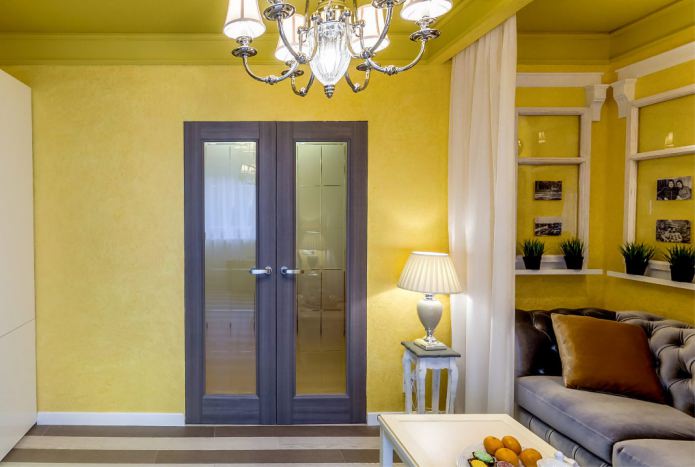
 10 practical tips for arranging a small kitchen in the country
10 practical tips for arranging a small kitchen in the country
 12 simple ideas for a small garden that will make it visually spacious
12 simple ideas for a small garden that will make it visually spacious

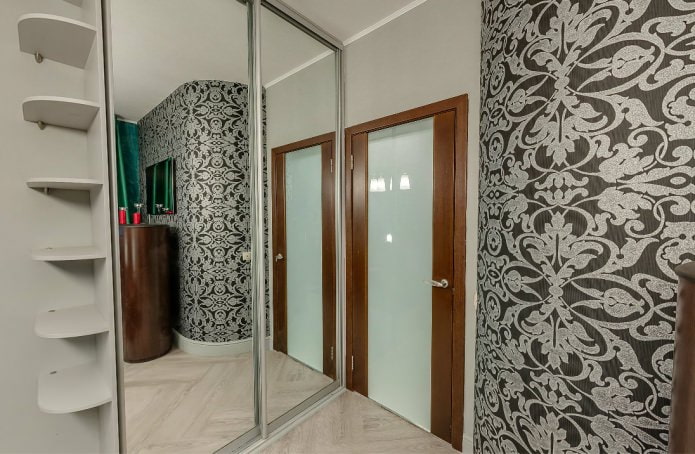
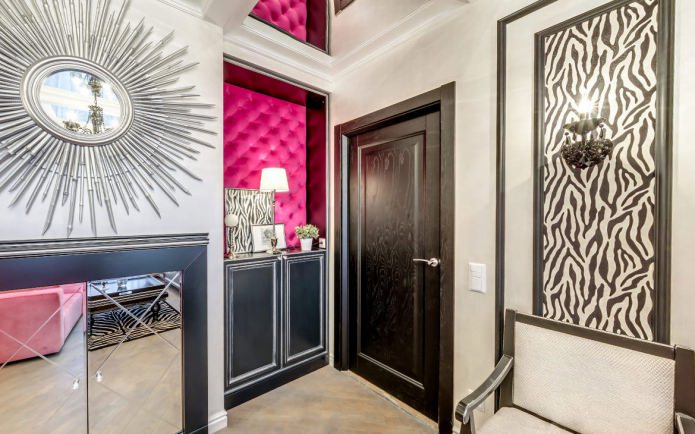
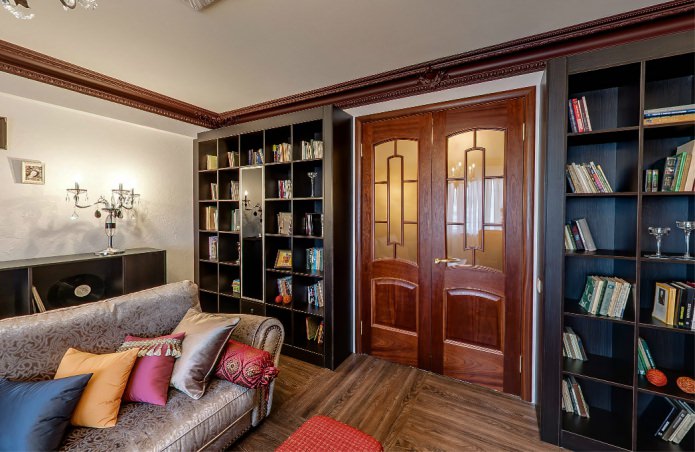
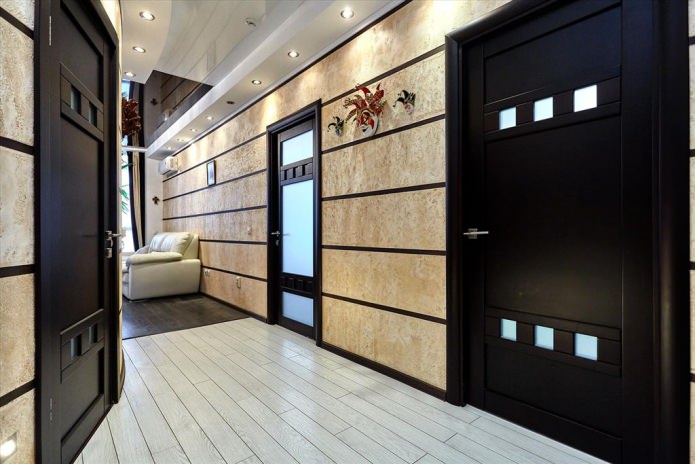
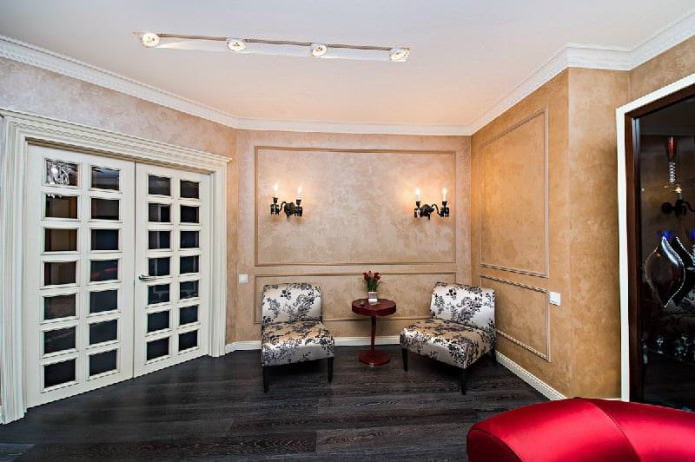
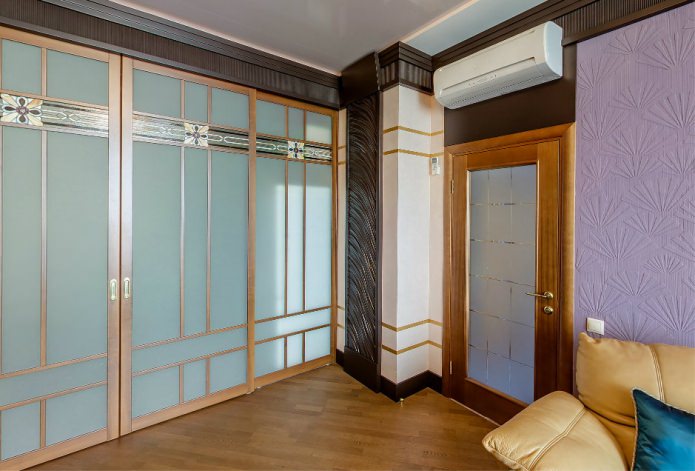
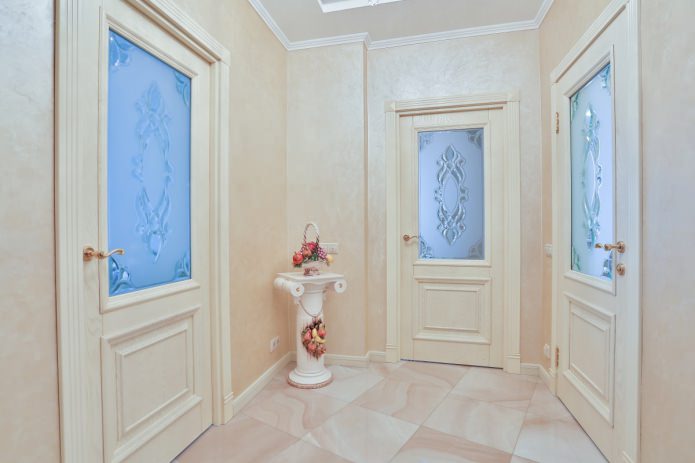
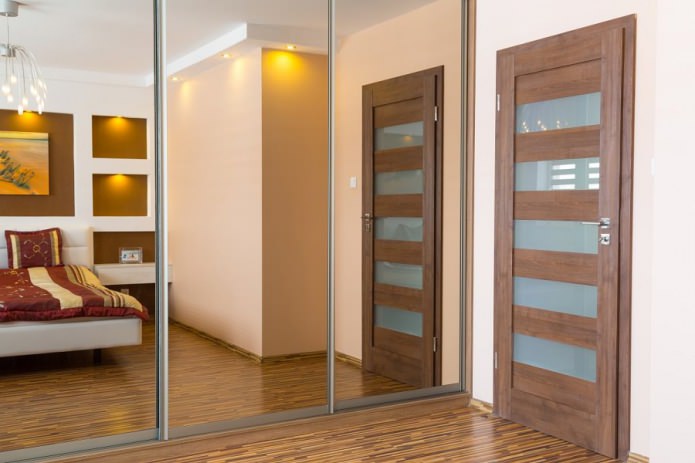

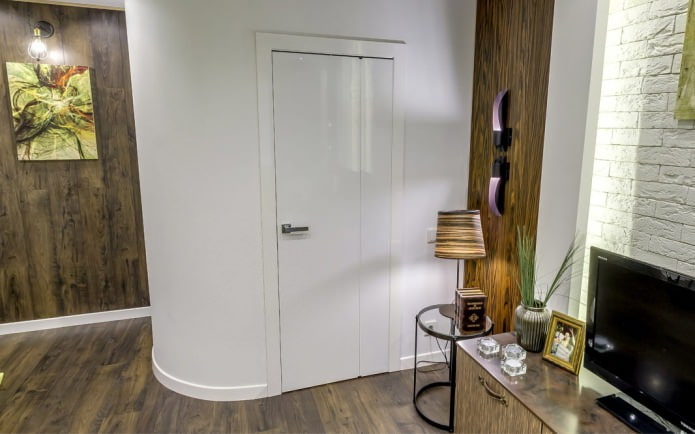
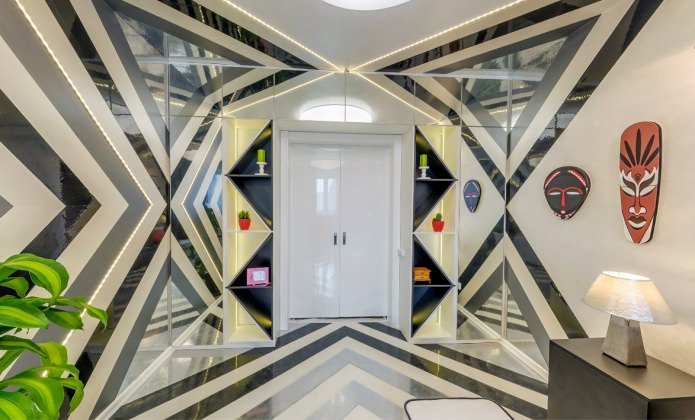

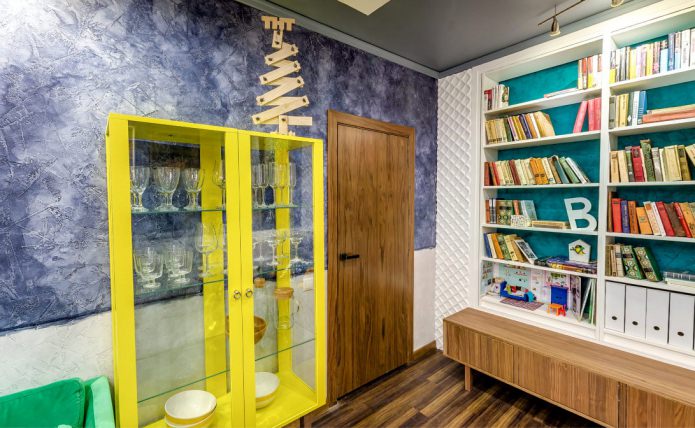
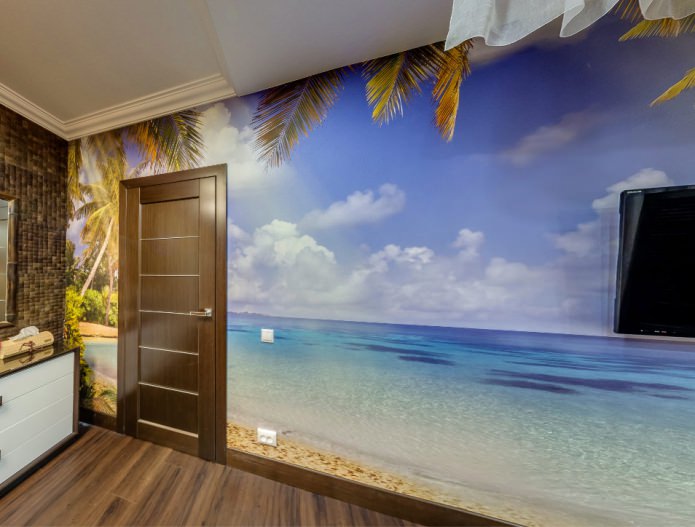
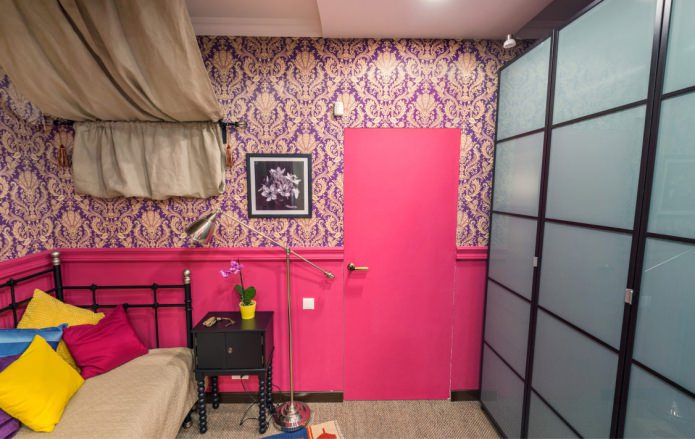
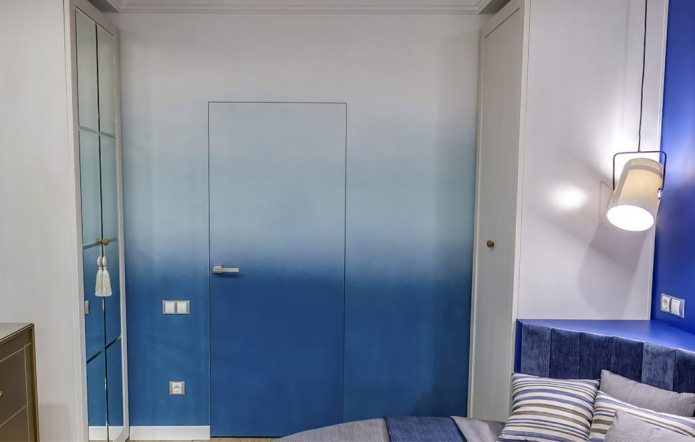
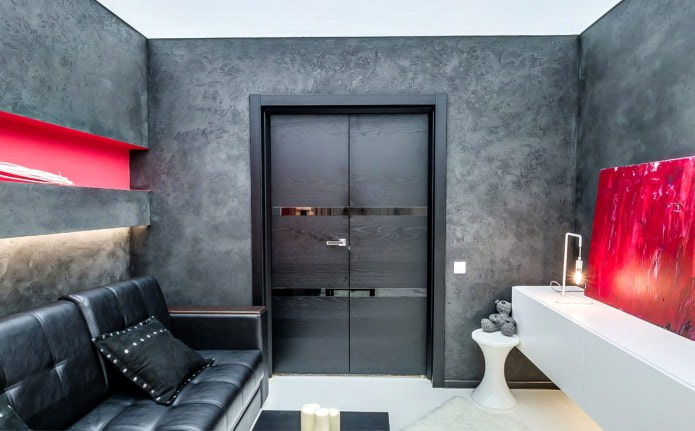
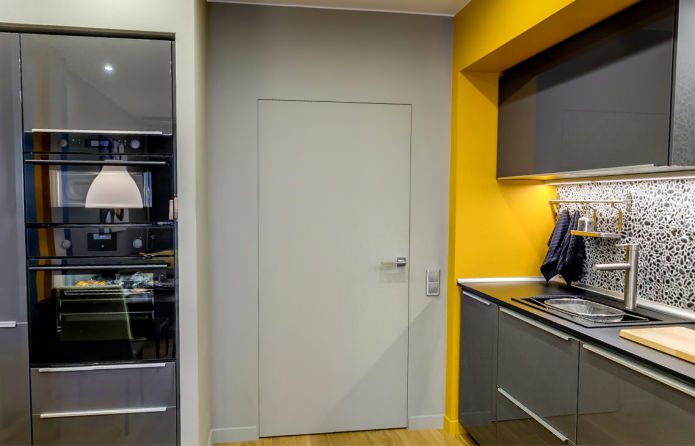
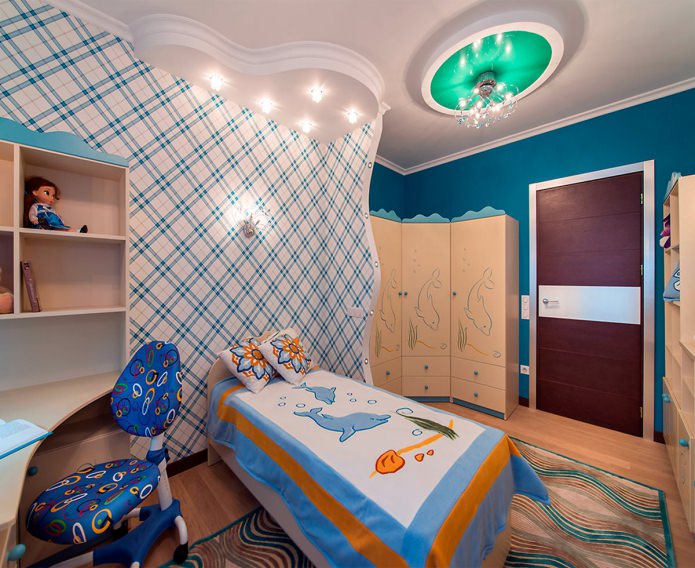
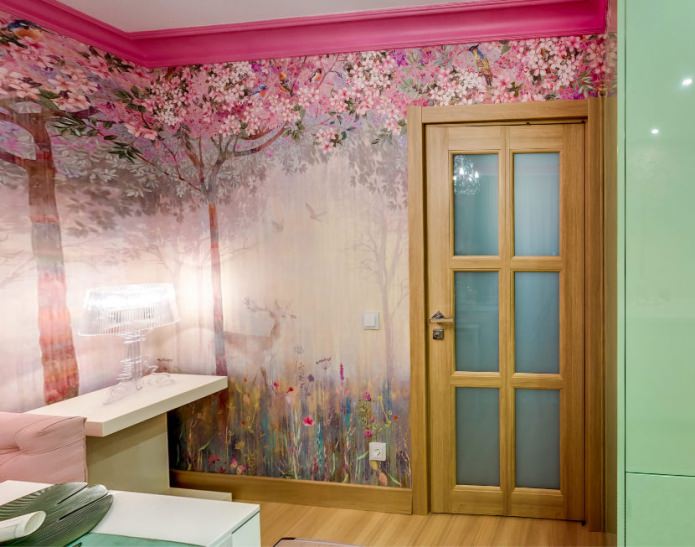
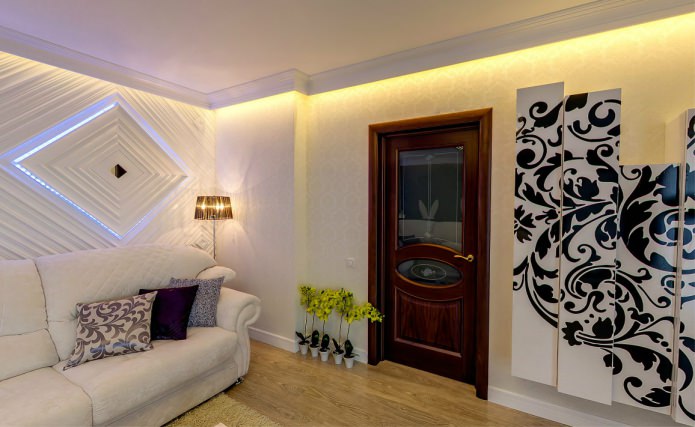
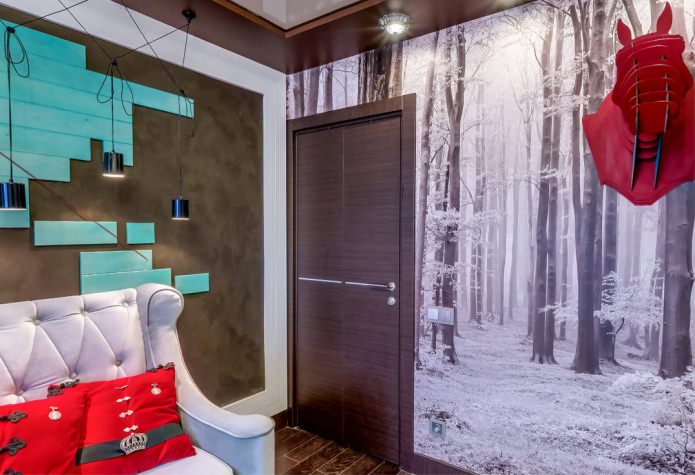
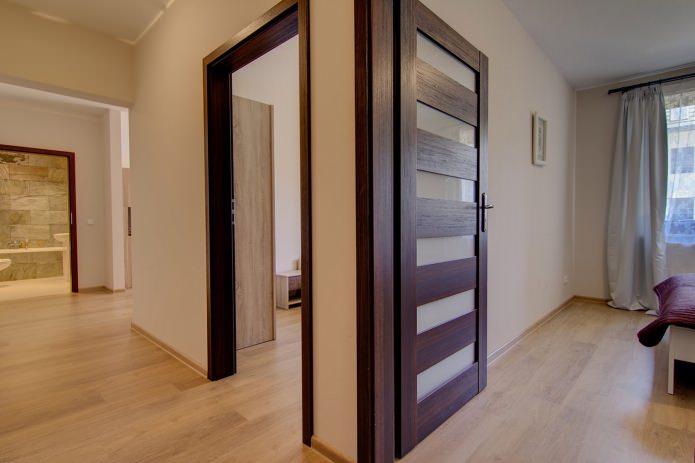
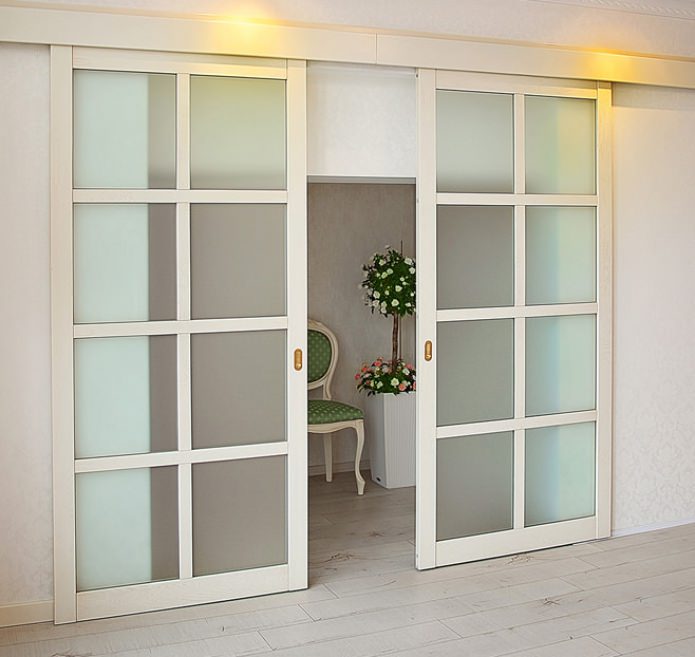
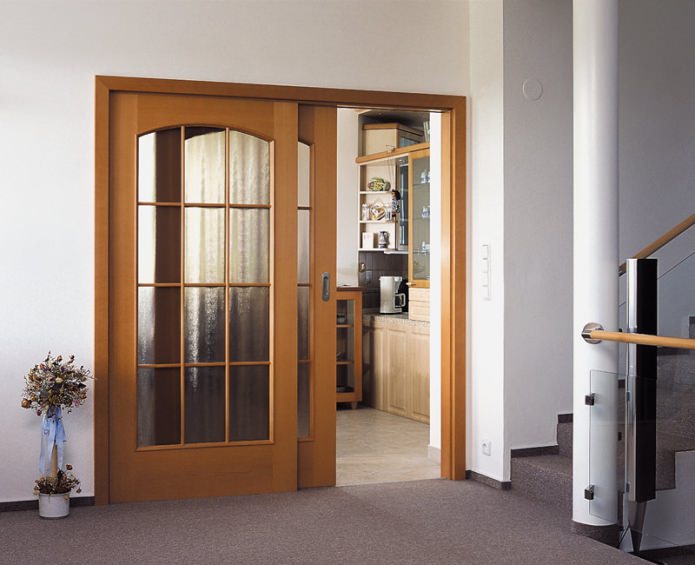
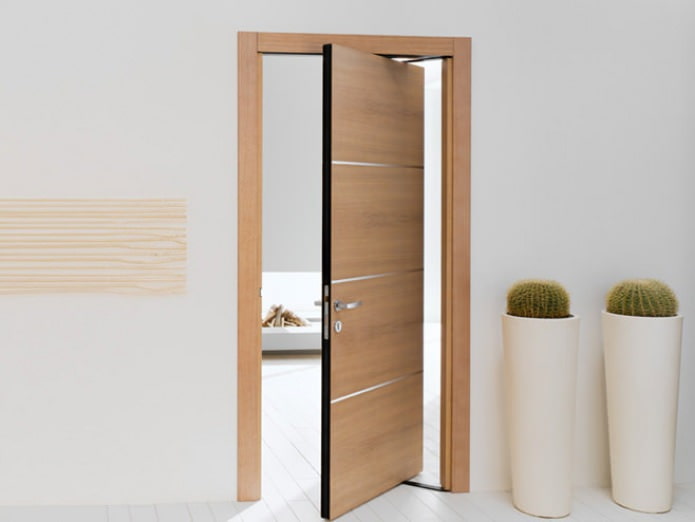
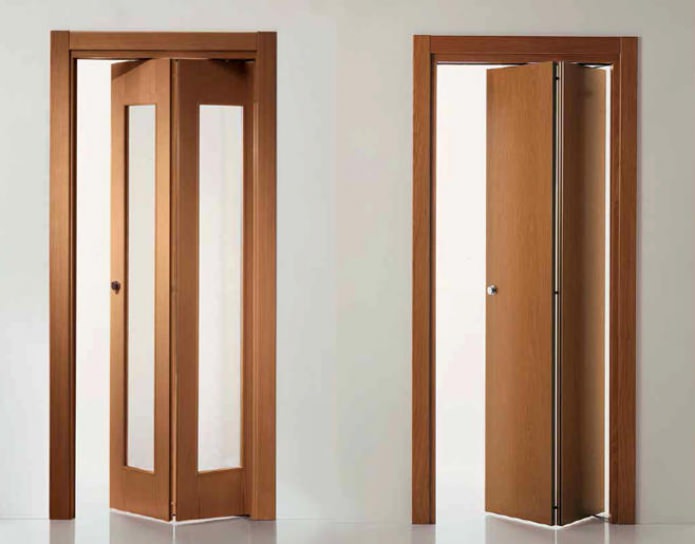
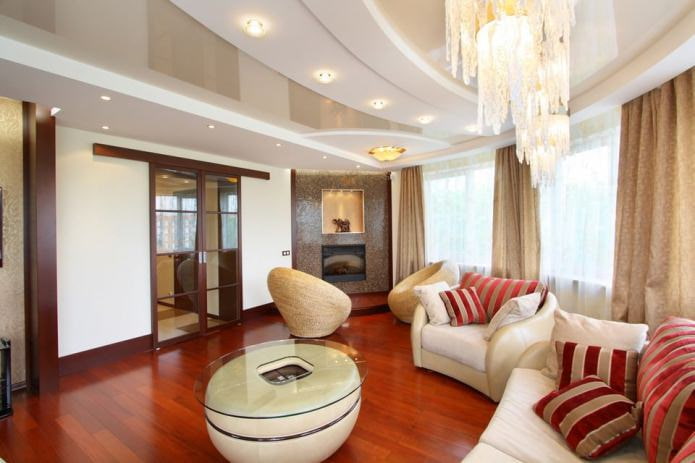
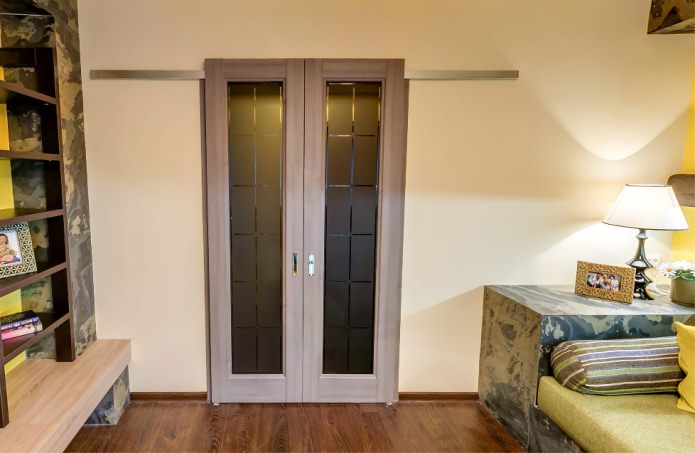
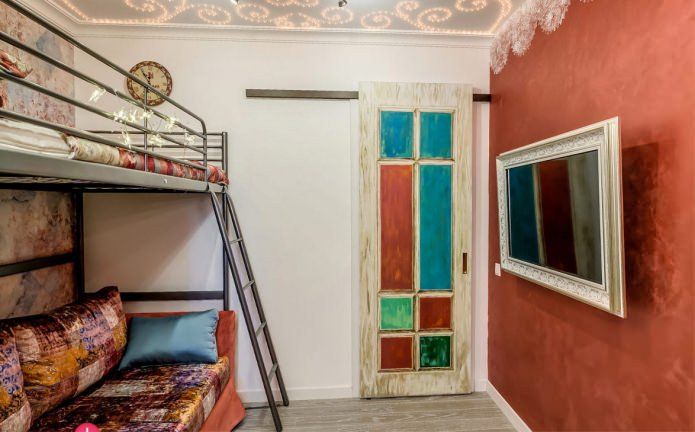
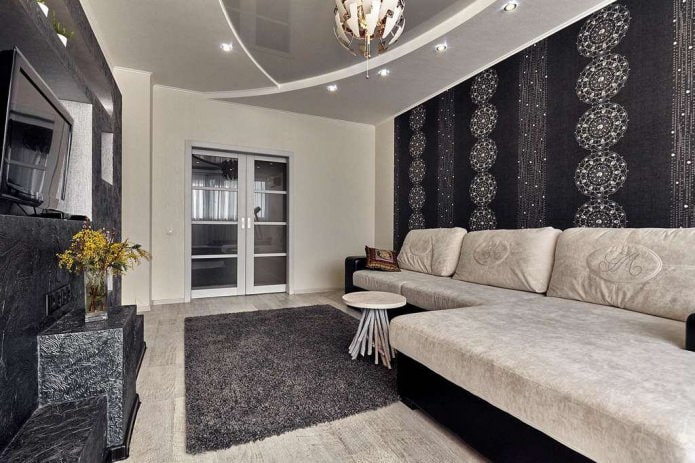
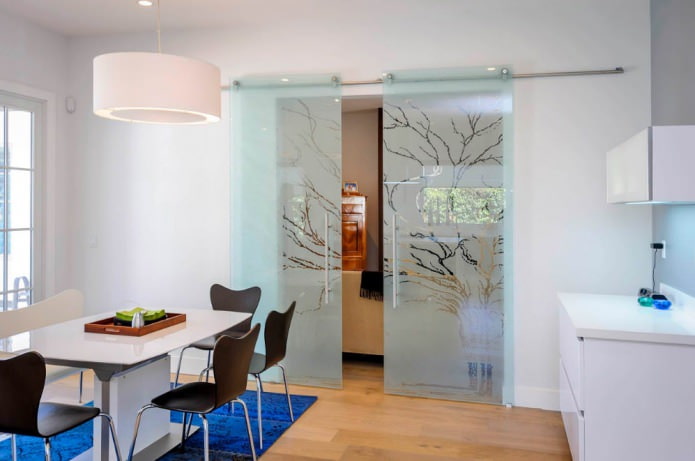


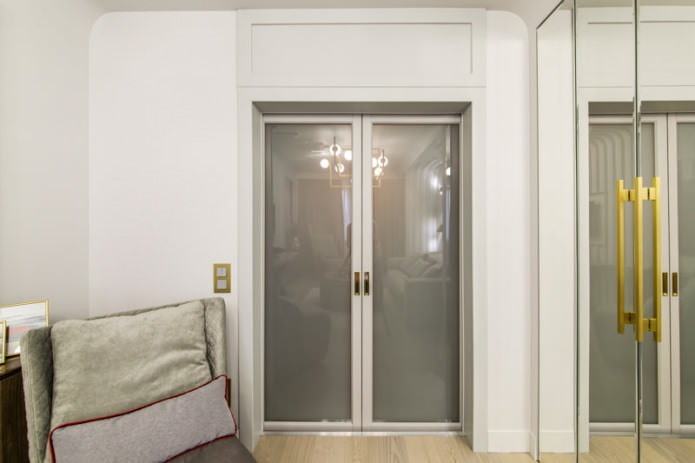
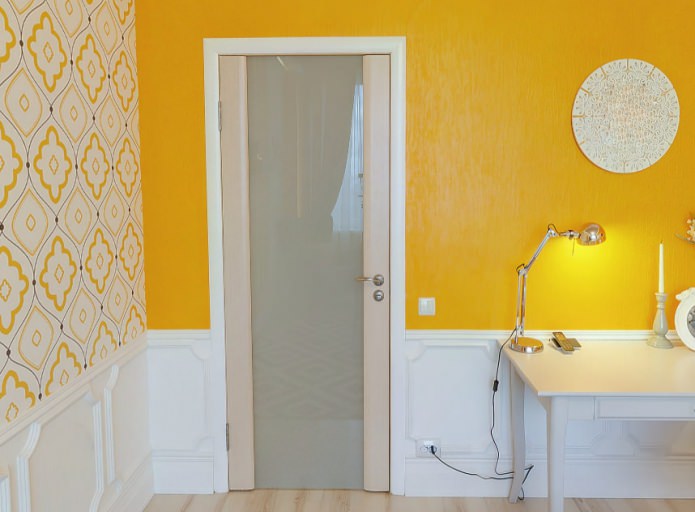
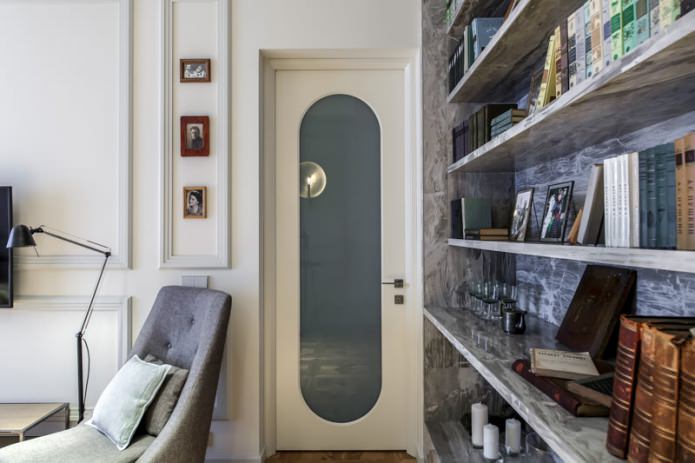
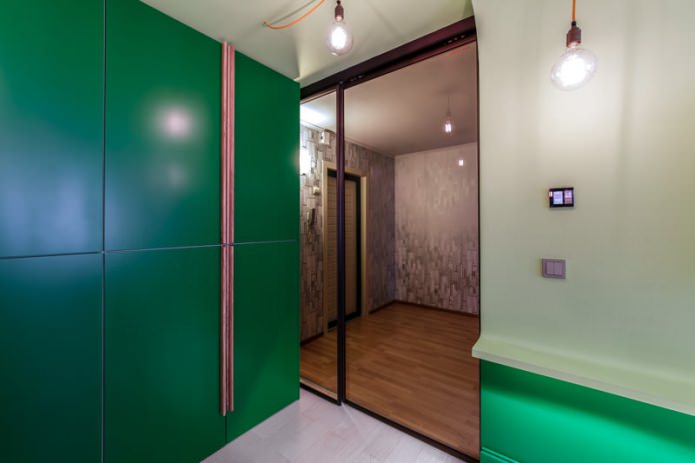
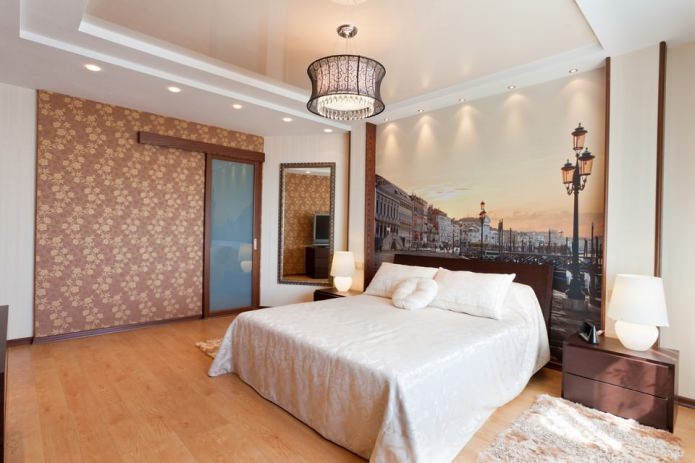
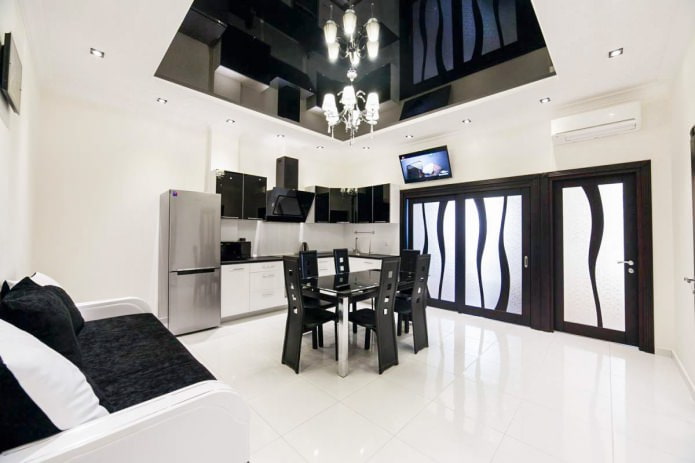
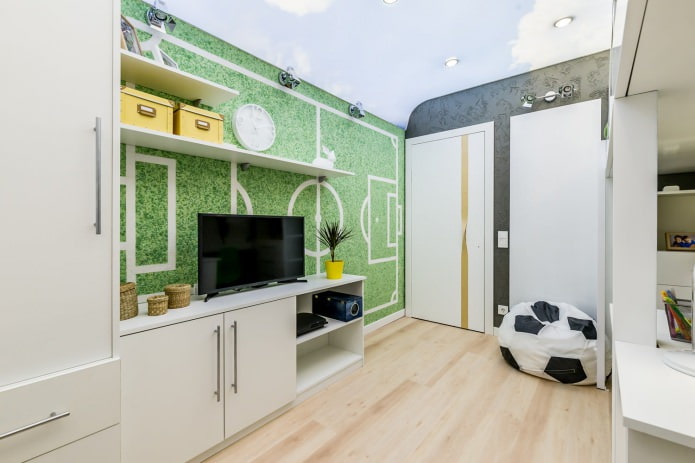
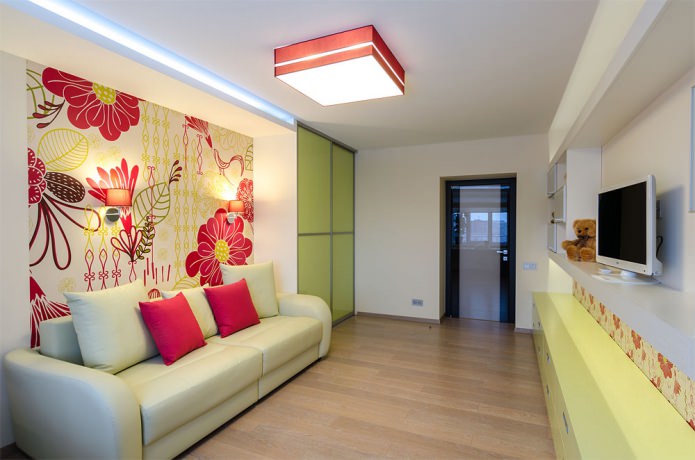
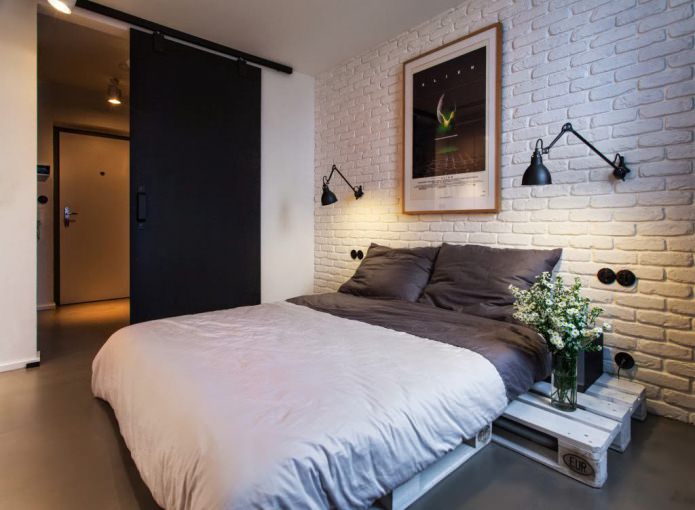
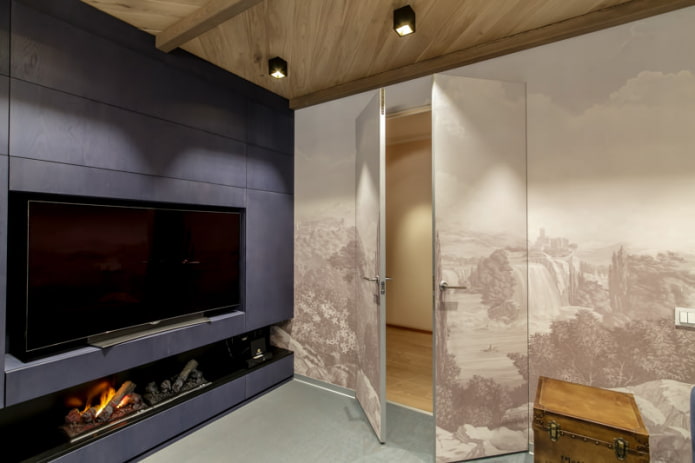

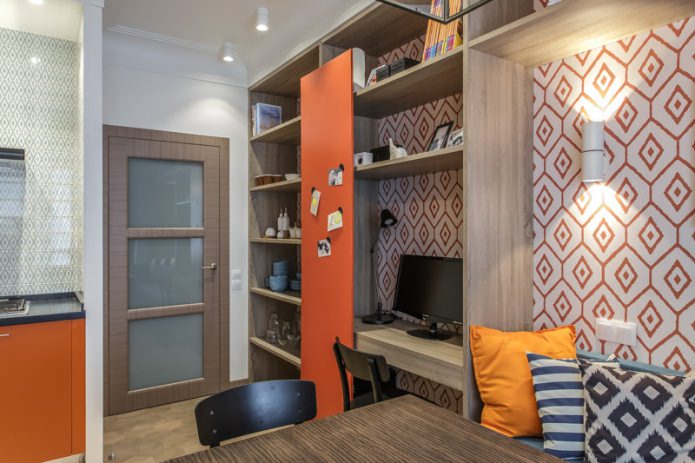



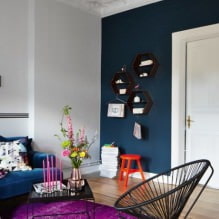

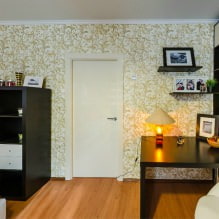
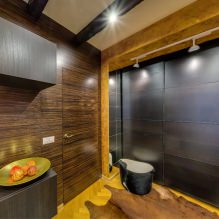

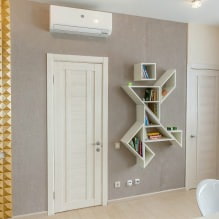

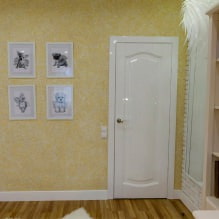
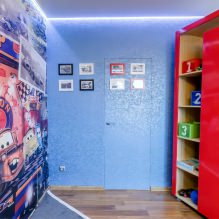
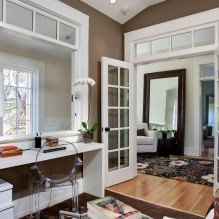

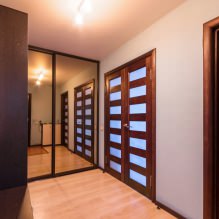
 13 bad habits a good housewife shouldn't have
13 bad habits a good housewife shouldn't have 24/7 home cleanliness - 4 secrets for the perfect housewife
24/7 home cleanliness - 4 secrets for the perfect housewife 6 hotels in Sochi that will give odds to the promoted foreign hotels
6 hotels in Sochi that will give odds to the promoted foreign hotels Top 10 interior design trends 2020
Top 10 interior design trends 2020 Rating of cheap TVs with Smart-TV
Rating of cheap TVs with Smart-TV New Year's LED garlands on AliExpress - we disassemble while it's hot, so that it's bright at home
New Year's LED garlands on AliExpress - we disassemble while it's hot, so that it's bright at home